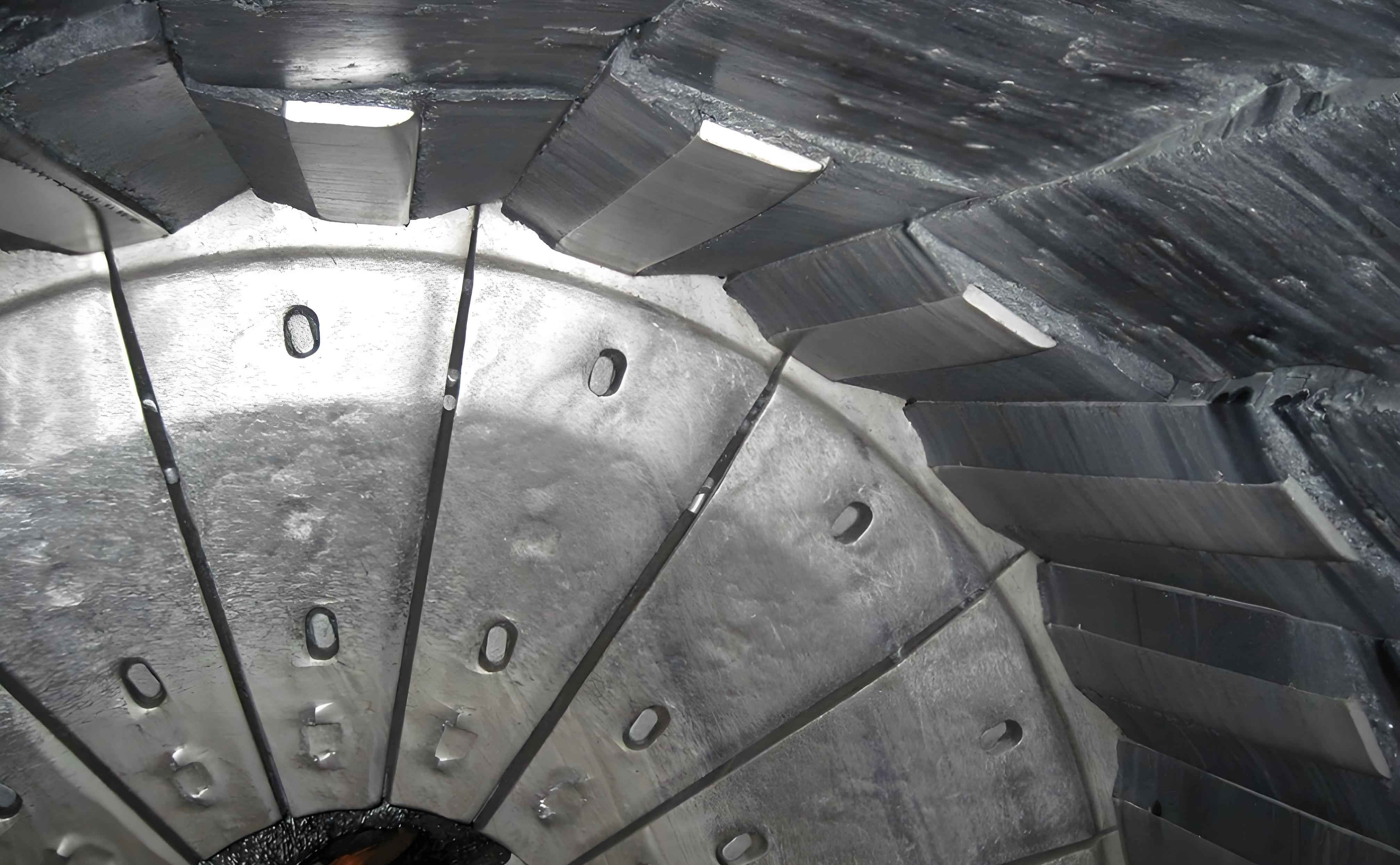Introduction
As a mechanical engineer at Yunnan Yuntianhua Yunfeng Chemical Co., Ltd., I have been deeply involved in addressing operational challenges within the wet-process phosphoric acid (WPA) production line. Among these challenges, the persistent leakage of lining plate bolts in the overflow-type ball mill emerged as a critical bottleneck. This leakage not only reduced the ball mill’s operational efficiency but also escalated maintenance costs and safety risks. In this article, I will detail our systematic approach to diagnosing the root causes, implementing technical improvements, and achieving measurable outcomes.

Role of the Ball Mill in WPA Production
The ball mill is a cornerstone of the grinding system in WPA production. It pulverizes phosphate ore into fine particles, ensuring optimal reaction efficiency in subsequent chemical processes. The lining plates, fixed to the inner wall of the ball mill’s rotating drum, protect the drum from abrasive wear and impact forces generated by grinding media (steel balls). However, the integrity of these lining plates depends heavily on the bolts that secure them. Any leakage from these bolts disrupts the system, leading to:
- Accelerated gear wear due to slurry ingress.
- Frequent downtime for cleanup and repairs.
- Increased operational costs and reduced production capacity.
Root Cause Analysis of Lining Plate Bolt Leakage
Through rigorous field inspections and historical data reviews, we identified four primary factors contributing to bolt leakage:
1. Suboptimal Lining Plate Material
Initially, rubber lining plates were used. While resistant to corrosion, they degraded rapidly under mechanical stress, leading to misalignment and bolt fractures.
2. Excessive Mechanical Load on Bolts
Each 500 kg lining plate was secured by two M30×180 bolts. The continuous impact from steel balls generated cyclic stresses exceeding the bolts’ fatigue limits.σ=FAσ=AF
Where σσ = stress on bolts, FF = impact force, AA = bolt cross-sectional area.
3. Inadequate Sealing Structure
The original sealing mechanism relied on external rubber rings and compression caps. However, bolt displacement due to lining plate movement compromised the seal.
4. Accumulated Installation Errors
Dimensional inconsistencies in lining plates and bolt holes created gaps (8–25 mm), allowing slurry to penetrate and erode bolt threads.
Table 1: Summary of Leakage Causes and Observed Impacts
| Cause | Impact |
|---|---|
| Rubber lining degradation | Bolt fractures, slurry leakage, frequent downtime |
| High stress on bolts | Bolt fatigue failure, reduced lifespan |
| Poor sealing design | Persistent leakage, increased maintenance efforts |
| Lining plate gaps | Accelerated wear, unpredictable leakage points |
Technical Improvements and Implementation
To address these issues, we implemented a multi-faceted技术改造 strategy:
1. Material and Structural Redesign of Lining Plates
- Material Upgrade: Replaced rubber with high-manganese steel lining plates for enhanced durability.
- Clamp-Type Lining Plates: Introduced radial groups of four plates secured by clamps and two M30×120 bolts per group. This reduced the total number of bolts from 320 to 80, minimizing potential leakage points.
Table 2: Comparison of Bolt Configurations
| Parameter | Original Design | Improved Design |
|---|---|---|
| Lining plate material | Rubber | High-manganese steel |
| Bolts per lining plate | 2 | 2 (shared across 4 plates) |
| Total bolts | 320 | 80 |
| Leakage points | 320 | 20 (estimated) |
2. Enhanced Sealing Mechanism
- Welded Sealing Seats: Installed welded seats on the drum surface to anchor bolts and prevent lateral displacement.
- Dual-Seal System: Combined rubber gaskets with compression caps to create a sealed cavity resistant to slurry penetration.
3. Gap Control Measures
- Rubber Base Layer: Added a rubber layer beneath lining plates to compensate for drum wear and eliminate gaps.
- Crushed Steel Ball Fillers: Recycled small-diameter (<70 mm) steel balls to fill axial gaps between plates, enhancing structural cohesion.
Table 3: Gap Reduction Metrics
| Parameter | Pre-Improvement | Post-Improvement |
|---|---|---|
| Radial gap | 8–25 mm | 0 mm |
| Axial gap | Variable | Filled with crushed balls |
| Maintenance frequency | Daily | Quarterly |
4. Stress Distribution Optimization
By redistributing loads across clamp-secured plates, the stress on individual bolts was reduced by approximately 60%, as calculated:σnew=F4A(load shared by 4 plates)σnew=4AF(load shared by 4 plates)
Post-Improvement Results
The implemented measures yielded transformative outcomes:
Table 4: Performance Metrics Before and After Improvement
| Metric | Pre-Improvement | Post-Improvement |
|---|---|---|
| Ball mill uptime | 68.2% | 92.4% |
| Small gear lifespan | 3–6 months | 30 months |
| Annual maintenance cost | ¥300,000 | ¥0 (reduction achieved) |
| Leakage incidents per year | 365 | 5 |
Conclusion
The leakage of lining plate bolts in ball mill is a complex issue rooted in material selection, structural design, and operational dynamics. By adopting high-manganese steel lining plates, optimizing bolt configurations, and introducing innovative sealing and gap-filling techniques, we successfully mitigated leakage, extended equipment lifespan, and slashed maintenance costs. This case underscores the importance of holistic engineering solutions in sustaining the reliability of critical assets like ball mill in WPA production.
